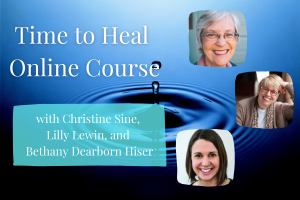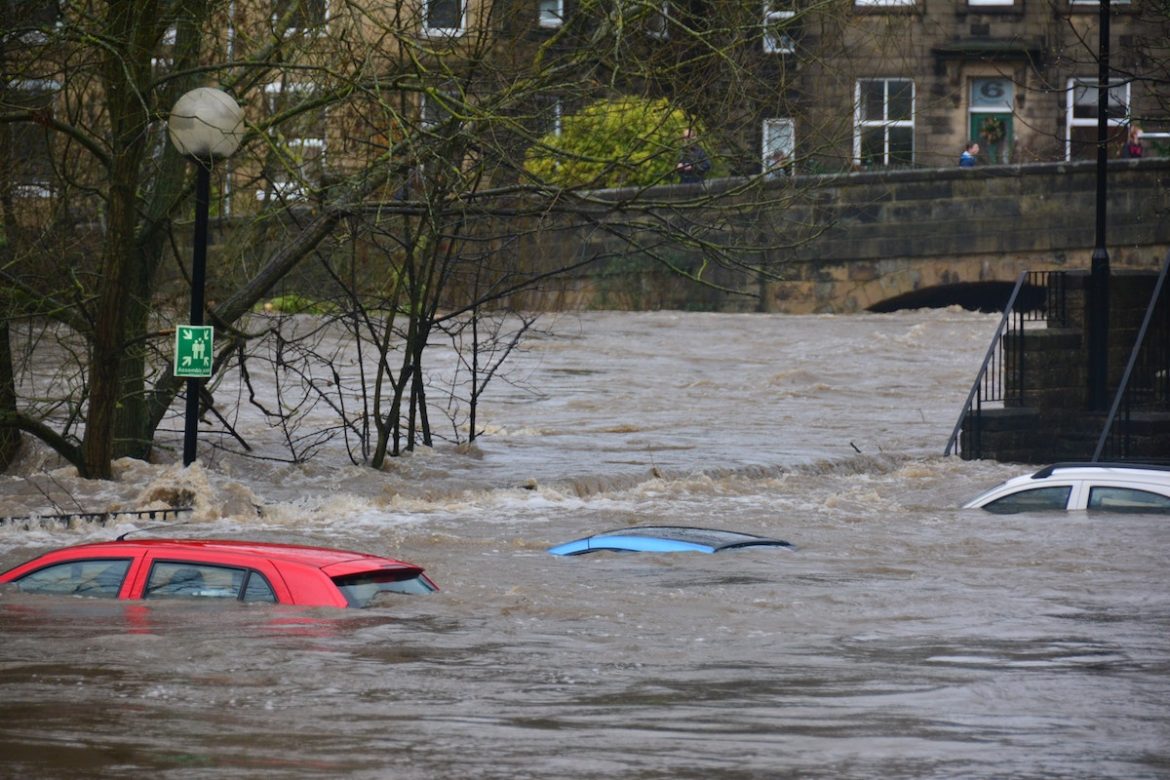by Tom Sine,
“Faith-based disaster relief groups balance COVID safety with speedy response to Hurricane Ida”. A spectrum of faith-based disaster relief groups were prepared to respond to Hurricane Ida when it recently struck homes and communities in Lousiana, Mississippi, and other southern states.
These Christian relief organizations sponsored by a number of denominations were prepared to respond to Hurricane Ida before it ever arrived. In 2020s Foresight: Three Vital Practices for Thriving in a Decade of Accelerating Change, we outline how not only denominations but local churches can also be prepared for new and increasing waves of natural disasters and other forms of disruptive change.
Here is a quick description of how some denominations prepared to deal with the impact of Hurricane Ida on hundreds of communities. For example, “Presbyterian Disaster Assistance, a ministry of the Presbyterian Church [USA], focuses on long-term recovery after natural disasters”. This organization is still “doing rebuilding work in Lake Charles, Louisiana after it was hit hard by Hurricanes Lara and Delta in 2020”.
These days, Presbyterian volunteers are required to be vaccinated so they don’t put the communities where they are serving at any greater risk.
The Southern Baptist Disaster Relief team are equipped to be able to “serve tens of thousands of meals a day” when Hurricane Ida struck. A number of these denominational disaster response groups actually began putting supplies in place before Ida made landfall on August 29, 2021. They created ways to keep in “constant contact with church leaders and other volunteer” agencies to coordinate their disaster response efforts.
Join those Prepping for Disaster Next in Your Home, Church, & Community
Since we find ourselves living in a decade of accelerating change and increasing environmental disruptions, it is important that leaders in local churches enable not only their members but also those in their communities to prep for Disaster Next where they live.
“During last week alone, millions of people across the country experienced catastrophic emergencies. Hurricane Ida left millions of Louisiana residents without power or without access to food and water. Flash floods in New Jersey and New York caught many people off guard. Near Lake Tahoe… some residents evacuated in less than an hour after an evacuation order as fires threatened their homes. In August, flash floods ravaged central Tennessee, and in February year, millions of people in Texas were left without electricity and water following a winter storm.
Unfortunately, climate scientists now warn that weather emergencies like these may be the new normal, as climate change leads to heavier rains, stronger hurricanes, more tornadoes and bigger wildfires. The average number of climate- and weather-related disasters per decade has increased nearly 35 percent since the 1990s, according to the World Disasters Report.”
In times like these, we need to motivate both those in our churches and communities to prepare for Disaster Next by joining those creating: The Go Bag & The Stay Bin.
The Go Bag
“’No matter where you live, every home should have a ‘go bag’ and a ‘stay bin.’ The go bag is what you grab when you have to leave the house in a hurry, whether it’s to get to the emergency room or to evacuate” because of a fire or hurricane. “The stay bin is a two-week stash” of essentials “in the event you have to hunker down at home without power, water or heat.”
“Creating a go bag and a stay bin does not make you an alarmist or someone who lives in fear of the apocalypse. It just means you’re prepared… I came home to a wrecked apartment because an upstairs neighbor had left his water running. (I was able to rescue my passport and my cats, but I lost everything I owned.) The hardest part about creating a go bag is getting started. You don’t need to do it all at once. I started with a Ziploc bag and placed my passport, birth certificates and other important documents inside. Then I added an extra pair of reading glasses. Last year, I added a phone charger to my go bag because an emergency room doctor told me it’s the single most requested item in the ER….
I also added some masks, which we all need now because of Covid-19, but you might also need a mask if you’re fleeing a fire or a chemical spill… Recently, I upgraded my go bag to a more sturdy Stasher reusable silicone bag and added some emergency cash (small bills are best). I also added a list of phone numbers to reach family members and friends in the event that I end up in the ER….
You should also have a few days’ supply of your essential medications. Pack a few water bottles and granola bars for the traffic jam on the evacuation route or the long wait in the E.R.”
The Stay Bin
In the event “you need to hunker down, you probably already have a lot of the essentials for a stay bin” that might be needed in a stay-at-home emergency. “The stay bins should also have a two-week supply of bottled water and nonperishable food, pet food, toilet paper and personal hygiene supplies. Flash lights, lanterns, candles, lighters and firewood are important. (Wire-cutter recommends a head lamp.) A battery-powered or crank weather radio as well as a solar phone charger will help you cope with power outages. Extra blankets are a good idea. Other items that are often recommended are duct tape, a multipurpose tool, trash bags for sanitation, and hand wipes and sanitizer. If your prescription plan allows it, order an extra supply of your medications or ask your doctor for some free samples” to have in case of an emergency.
I’ve also created a crisis notebook in the event of a health emergency. My advice is to just get started today with what you have handy and work on acquiring more items over time. A little planning and preparation goes a long way in any emergency.”
By planning ahead for the unexpected in our own lives, we will also be more available to help our neighbors, during Disaster Next like the Christian relief organizations that responded to those hammered by Ida.
Why don’t you motivate those in your own church and community to be prepared for Disaster Next for yourselves and your neighbors?
We would love to share some examples of people who help others prepare for Disaster Next where you live. I will post some of your creative responses on this site to inspire others in this time of accelerating change. Contact me.
Originally posted on newchangemakers.com. Photo by Chris Gallagher on Unsplash.com
Embark on this healing journey with Christine Sine, Lilly Lewin, and Bethany Dearborn Hiser with the Time to Heal Online Course. Each session is lead by one of our instructors and allows you 180 days of access for only $39.99. The goal of this course is to provide time, space, and tools to work toward healing.


